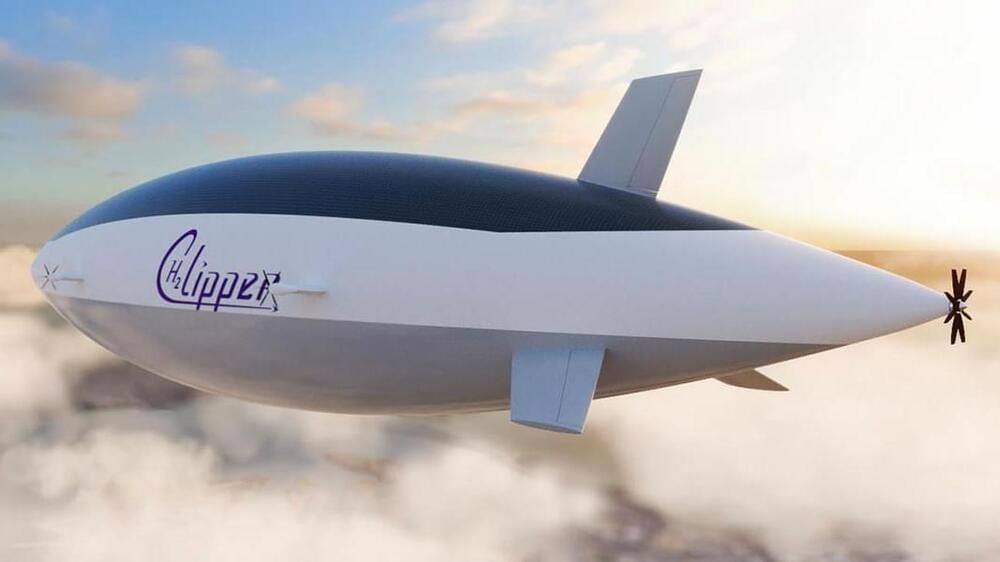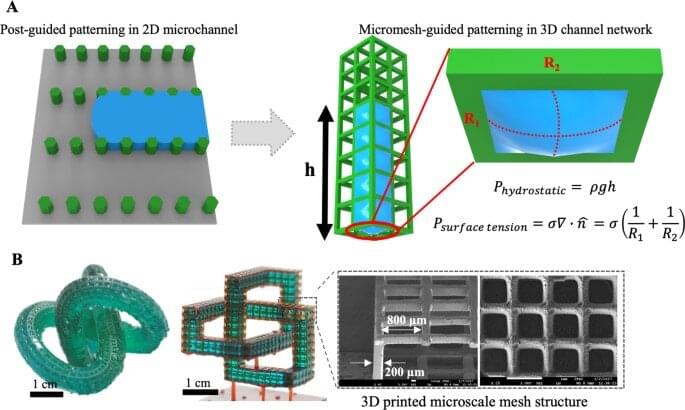Could the entire internet be generated by AI soon? At least one expert at the Copenhagen Institute for Future Studies is studying AI-generated content.







A vocal critic of the Russian leadership is Garry Kasparov, the chess grandmaster who repeatedly ranked world number one for 20 years before turning his attention to politics. He tells leaders to “help Ukraine fight against the monster you helped create.” Kasparov speaks with Walter Isaacson.
Originally aired on February 24, 2022
For more from Amanpour and Company, including full episodes, click here: https://to.pbs.org/2NBFpjf.
Like Amanpour and Company on Facebook: https://bit.ly/2HNx3EF

Airships might seem like a technology from a bygone era, but a startup says their new design could become a crucial cog in the green hydrogen supply chain.
While transitioning away from fossil fuels will prove crucial in our efforts to combat climate change, it’s easier said than done for some industries. While road and rail transport are rapidly electrifying, in aviation, batteries are a long way from being able to provide the weight-to-power ratio required for aviation. And even the largest batteries are still not big enough to power a container ship on long-distance crossings.
Hydrogen is increasingly being seen as a promising alternative for these hard to decarbonize sectors. It has a higher energy density than natural gas and can either be burned in internal combustion engines or combined with oxygen in a fuel cell to create electricity.


Bioprinting is widely applicable to develop tissue engineering scaffolds and form tissue models in the lab. Materials scientists use this method to construct complex 3D structures based on different polymers and hydrogels; however, relatively low resolution and long fabrication times can result in limited procedures for cell-based applications.
In a new report now available in Nature Asia Materials, Byungjun Lee and a team of scientists in mechanical engineering at Seoul National University, Seoul, Korea, presented a 3D hybrid-micromesh assisted bioprinting method (Hy-MAP) to combine digital light projection, 3D printed micromesh scaffold sutures, together with sequential hydrogel patterning. The new method of bioprinting offered rapid cell co-culture via several methods including injection, dipping and draining. The work can promote the construction of mesoscale complex 3D hydrogel structures across 2D microfluidic channels to 3D channel networks.
Lee et al. established the design rules for Hy-MAP printing via analytical and experimental investigations. The new method can provide an alternative technique to develop mesoscale implantable tissue engineering constructs for organ-on-a-chip applications.